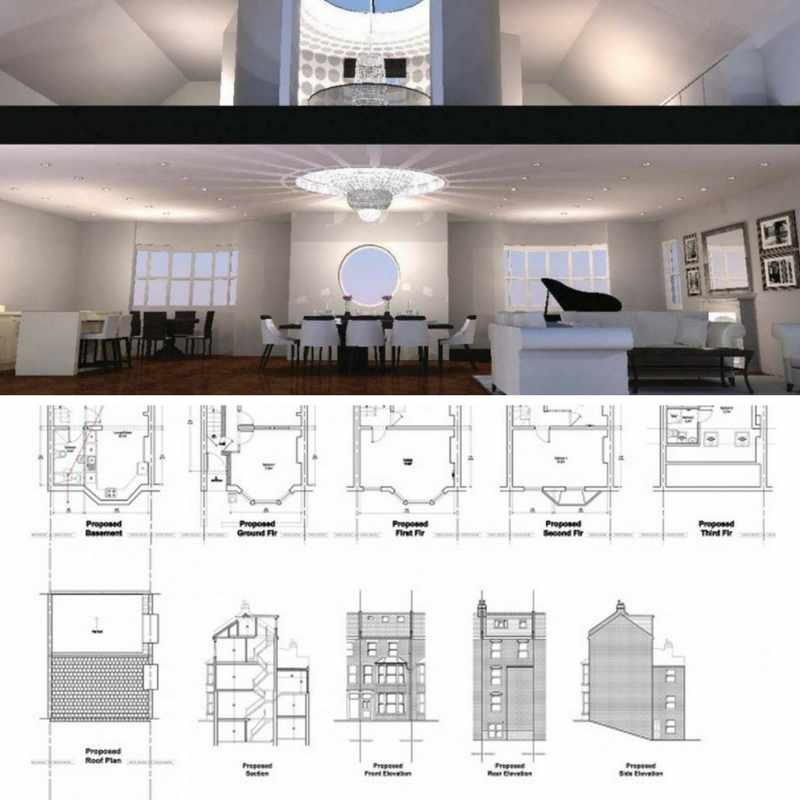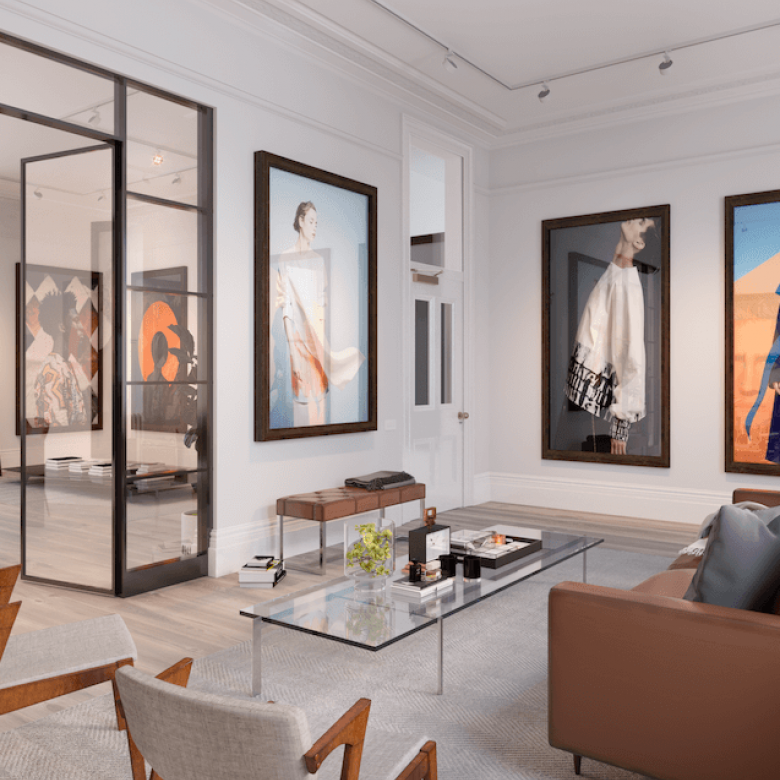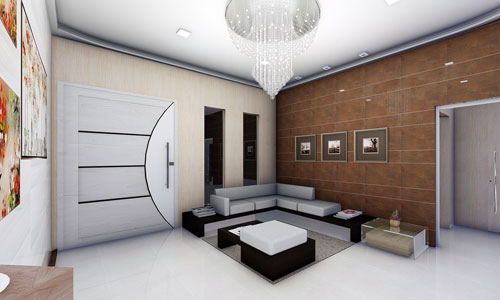Gorgeous Countryside Homes Interior Design for Nature-Inspired Living
The Art of Balance: How Interior Design and Home Designer Collaborate for Stunning Results
In the realm of home design, striking an equilibrium in between aesthetic appeals and functionality is no tiny accomplishment. This delicate equilibrium is attained with the harmonious cooperation between indoor designers and architects, each bringing their one-of-a-kind experience to the table. Remain with us as we discover the complexities of this joint process and its transformative effect on home design.
Recognizing the Core Differences In Between Interior Style and Home Design
While both Interior Design and home style play vital duties in producing cosmetically pleasing and practical rooms, they are inherently different self-controls. Home style primarily concentrates on the structural elements of the home, such as constructing codes, safety and security policies, and the physical building and construction of the space. It takes care of the 'bones' of the framework, collaborating with spatial dimensions, bearing walls, and roof covering designs. On the other hand, Interior Design is more concerned with boosting the sensory and aesthetic experience within that framework. It involves selecting and preparing furnishings, picking color systems, and incorporating ornamental elements. While they work in tandem, their duties, duties, and areas of experience deviate considerably in the production of an unified home setting.
The Synergy Between Home Architecture and Interior Layout
The harmony between home architecture and Interior Design depends on a common vision of layout and the enhancement of functional aesthetic appeals. When these two fields straighten sympathetically, they can transform a home from common to remarkable. This collaboration requires a much deeper understanding of each technique's concepts and the capability to create a natural, visually pleasing atmosphere.
Unifying Style Vision
Linking the vision for home architecture and interior design can produce an unified living area that is both useful and aesthetically pleasing. It promotes a synergistic method where architectural aspects enhance interior style elements and vice versa. Therefore, unifying the style vision is critical in mixing style and indoor layout for magnificent outcomes.
Enhancing Useful Aesthetics
How does the synergy between home architecture and Interior Design boost useful appearances? This harmony makes it possible for the production of spaces that are not only visually appealing but also comfortably useful. Engineers lay the foundation with their architectural style, making sure that the area is useful and efficient. The indoor designer then enhances this with meticulously picked elements that enhance the visual appeals without compromising the capability. This unified collaboration can cause homes that are both liveable and lovely. For example, a designer might design a home with high ceilings and big home windows. The interior developer can then emphasize these attributes with tall plants and large curtains, specifically, therefore enhancing the visual appeal while preserving the practical advantages of all-natural light and spaciousness.
Relevance of Cooperation in Creating Balanced Spaces
The cooperation in between interior designers and engineers is crucial in producing balanced spaces. It brings consistency in between style and architecture, bring to life areas that are not only cosmetically pleasing yet likewise functional. Discovering effective collaborative strategies can give understandings into just how this synergy can be efficiently attained.
Balancing Design and Style
Equilibrium, a crucial facet of both indoor layout and style, can just absolutely be attained when these 2 areas job in harmony. This collective process results in a cohesive, balanced layout where every component has an objective and adds to the overall aesthetic. Harmonizing layout and style is not simply regarding creating gorgeous spaces, however regarding crafting spaces that function effortlessly for their occupants.
Successful Collaborative Strategies

Instance Researches: Successful Combination of Layout and Design
Examining numerous instance studies, it emerges exactly how the successful combination of Interior Design and style can transform a room. The Glass Home in Connecticut, renowned for its minimalistic elegance, is one such example. Engineer Philip Johnson and interior developer Mies van der Rohe teamed up to create an unified balance between the inside and the framework, causing a seamless circulation from the exterior landscape to the inner living quarters. An additional exemplar is the Fallingwater Home in Pennsylvania. Architect Frank Lloyd Wright and indoor developer Edgar Kaufmann Jr.'s collective efforts lead to a strikingly unique house that mixes with its all-natural surroundings. These study underline the extensive impact of an effective design and design cooperation.

Overcoming Obstacles in Design and Architecture Cooperation
Despite the obvious advantages of an effective collaboration in between Interior Design and architecture, it is not without its obstacles. Interaction problems can occur, as both events may make use of here various terms, understandings, and techniques in their work. This can cause misunderstandings and delays in job conclusion. One more major obstacle is the balancing act of aesthetics and capability. Designers may prioritize structural integrity and safety and security, while designers concentrate on convenience and style. The integration of these purposes can be intricate. Furthermore, budget plan and timeline constraints often add stress, potentially causing rifts in the cooperation. For that reason, reliable communication, good understanding, and compromise are important to get rid of these obstacles and achieve a successful and unified cooperation.

Future Trends: The Evolving Connection Between Home Architects and Interior Designers
As the globe of home layout proceeds to advance, so does the partnership in between engineers and indoor designers. On the other hand, indoor designers are accepting technical aspects, influencing overall layout and functionality. The future assures an extra natural, ingenious, and adaptive method to home design, as developers and engineers proceed to blur the lines, fostering a relationship that absolutely personifies the art of equilibrium.
Final thought
The art of balance in home design is attained via the harmonious collaboration in between interior designers and engineers. An understanding of each various other's find here self-controls, effective interaction, and shared vision are critical in producing visually stunning, useful, and inviting spaces. Regardless of difficulties, this partnership cultivates growth and innovation in layout. As the connection between home engineers and interior developers develops, it will proceed to shape future fads, improving convenience, effectiveness, and individual expression in our home.
While both interior style and home architecture play necessary roles in producing aesthetically pleasing and practical rooms, they are inherently various techniques.The harmony between home find more design and indoor design exists in a common vision of design and the enhancement of useful looks.Unifying the vision for home design and indoor layout can create an unified living space that is both functional and visually pleasing. Hence, unifying the design vision is vital in mixing architecture and interior style for magnificent results.
Exactly how does the harmony in between home style and interior design improve useful aesthetic appeals? (Winchester architect)